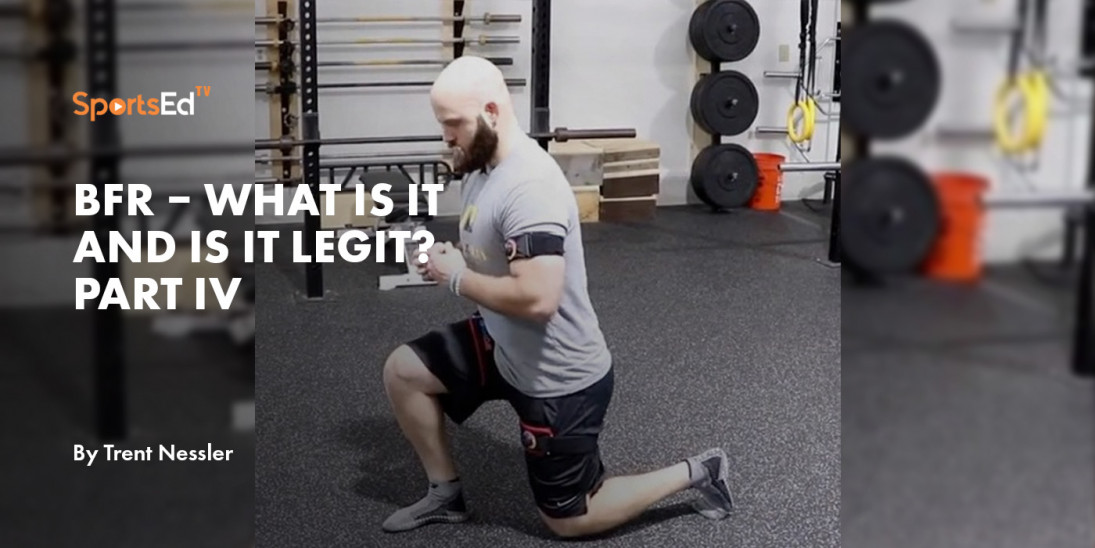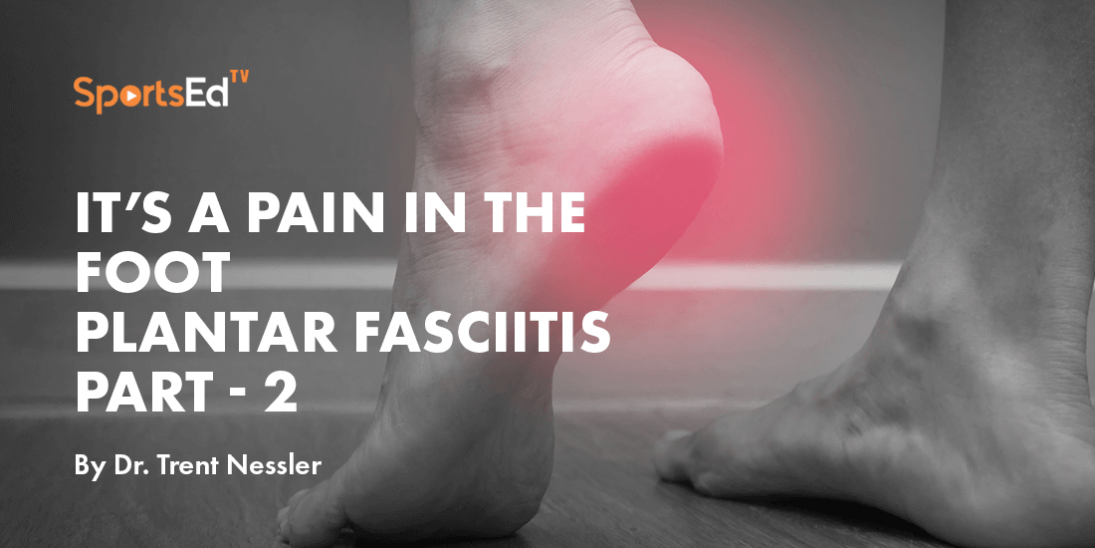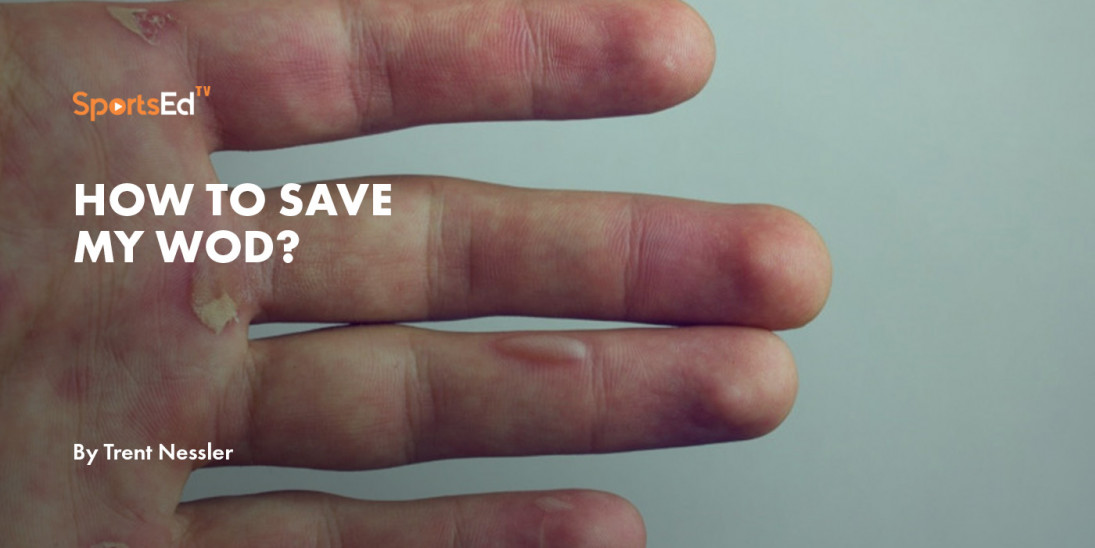Pickleball, Strength And Conditioning
Welcome and thanks for visiting...

How To Train For Pickleball: Performance Improvement & Injury Prevention
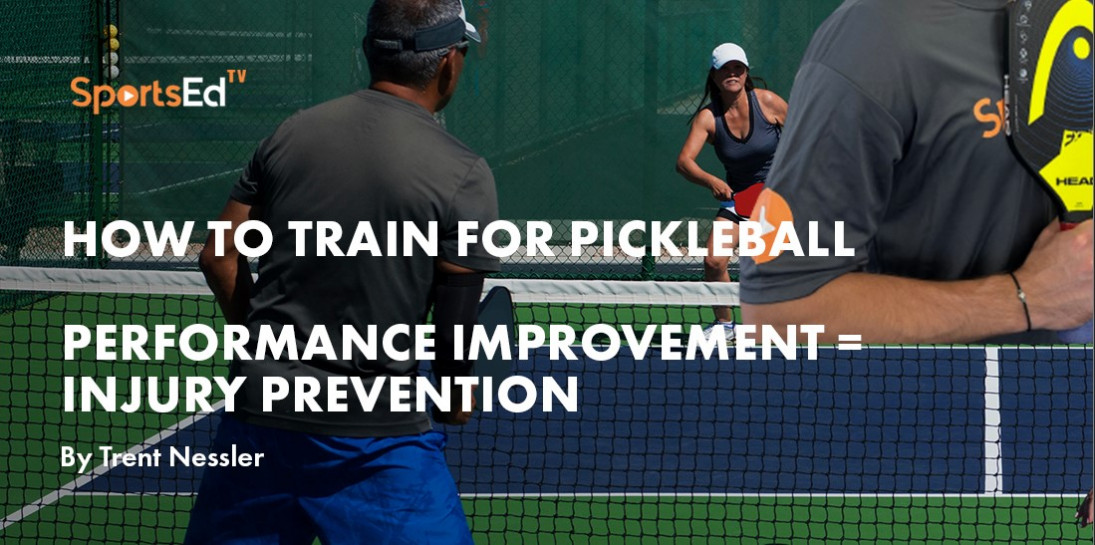
Improve your pickleball game
In our last blog, we talked about some exercises/stretches you should include in your pre-game prep to help your body prepare for the activity you are about to put it through. Doing this will aid in increasing mobility in the muscles and joints that are going to be placed under stress during participation in the sport. If done on a consistent basis, this will aid in the prevention of some of the common injuries associated with this sport.
In addition to stretching and mobility exercises to aid in the reduction of injuries, we also know that if we add strengthening exercises to our routine, this will also aid in mitigating the risk of injury and improve athletic performance (Nessler et al. Cur Rev Musculoskelet Med 2017; Garner et al. In J Kines Sport Science 20). Improve athletic performance? Absolutely. If we target muscles that are stressed during sport and muscles that improve the efficiency of the way we move, this will result in the ability to produce more force/power and efficiency of movement. This means getting to the ball faster and hitting with more force.
What I usually recommend to my athletes is to integrate these exercises into their normal weight training routine. In the following section, I will provide a series of recommendations along with a rationale of why it is important to include it as a part of your routine.
Rotator cuff strengthening
The rotator cuff is a series of muscles (supraspinatus, infraspinatus, subscapularis, and teres minor) of the shoulder that provide stability to the glenohumeral joint (shoulder joint). If these muscles are weak, then they are easily overstressed and can result in an injury. When the rotator cuff is strong, this means that they are not only at less risk for injury but also able to transfer kinetic energy across the system more efficiently. This means a more powerful swing and improved accuracy.
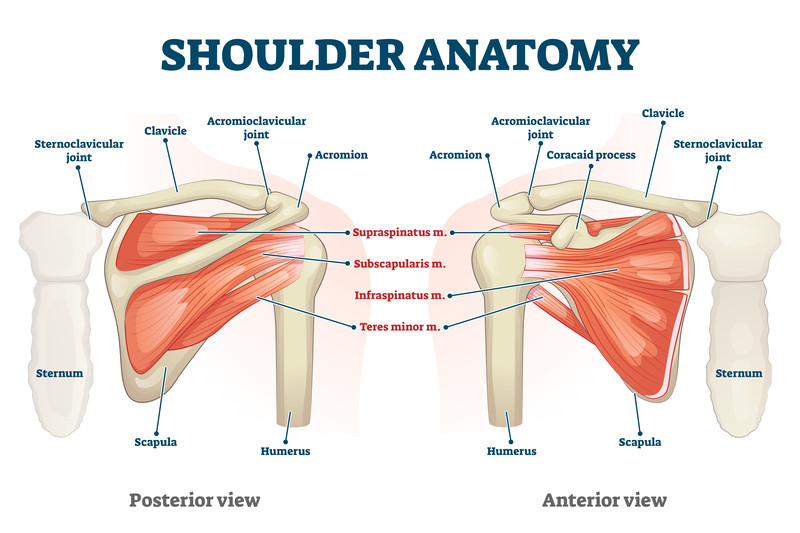
When considering strengthening of the rotator cuff, you must also consider the muscles which attach to the scapula (shoulder blade) and provide stability to. Improving stability or a stronger base for the rotator cuff muscles to pull on, then will allow the rotator cuff to develop a maximal amount of strength. An excellent exercise for this is one in which both the scapula stabilizers (rhomboids and lower trapezius) and the rotator cuff are at the same time is retraction with external rotation.
If you are looking for the perfect KT tape, click below for our recommendations:
Scapular retraction with external rotation
using a band, grab the middle of the band with palms facing up, and pull shoulder blades pulled back and down (by bringing your chest up). At this point, you should be feeling some tension in the band. Slowly rotate hands out, like pictured below, and pause at the end range. Slowly return to start (on a 3 count). This will help to train the eccentric phases which are important for rotator cuff strength and function. Do 1-2 sets of 30 reps each set. To bring in more core, I typically have athletes do these on a ball or on a ball with one foot off the ground.

Another important muscle group to include is the core. There is a lot of talk about the core, but few actually define it. The core is a group of 32+ muscles that stretch from the knees to the chest. It includes your typical abdominals (internal/external obliques, rectus abdominus, and transverse abdominus) the lats, pecs, hip musculature, quads, and hamstrings. It also includes a fascial structure called the thoracolumbar fascia. This is a complex fascial structure that runs from the upper thoracic spine to the pelvis. The complexity of this is not important, but understanding all the connections allows you to develop programming which will maximize the training effect of the program that you develop.
Side plank with external rotation
To work the hip, core, and shoulder at the same time (which is actually very important for performance) go into a side plank. Holding the band as pictured here with palm up, slowly rotate out, pause, and slowly return to the starting position (on a three count). Make sure to keep the shoulder blades pinched back and down so the shoulders do not roll forward. Do 1-2 sets of 30 reps on each side.

I usually recommend employing the concept of fatigue state training when performing both of these exercises. Fatigue state training is when you do these exercises at the conclusion of practice. This does several things. One, by doing this at the conclusion of practice, you won’t need the same level of volume of exercise to get the same training effect. By doing this at the conclusion of practice, you are leveraging the fatigue you have from practicing and bringing that into your training session. This way, instead of having to do multiple sets, you can get away with doing less and still get the same training effect. Secondly, considering the concept of training specificity, training in a fatigued state means when you are fatigued in sport, you will be moving better, get injured less, and perform better in those fatigued states.
In the next blog, we will go through some specific exercises for your legs that will aid in mitigating the risk of injury, improve power generation and improve overall athletic performance.





